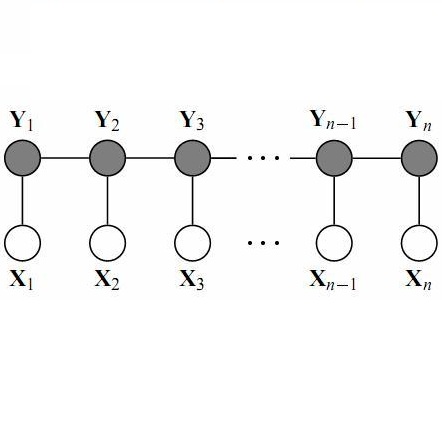Recognizing useful named entities plays a vital role in medical information processing, which helps drive the development of medical area research. Deep learning methods have achieved good results in medical named entity recognition (NER). However, we find that existing methods face great challenges when dealing with the nested named entities. In this work, we propose a novel method, referred to as ASAC, to solve the dilemma caused by the nested phenomenon, in which the core idea is to model the dependency between different categories of entity recognition. The proposed method contains two key modules: the adaptive shared (AS) part and the attentive conditional random field (ACRF) module. The former part automatically assigns adaptive weights across each task to achieve optimal recognition accuracy in the multi-layer network. The latter module employs the attention operation to model the dependency between different entities. In this way, our model could learn better entity representations by capturing the implicit distinctions and relationships between different categories of entities. Extensive experiments on public datasets verify the effectiveness of our method. Besides, we also perform ablation analyses to deeply understand our methods.
翻译:深入的学习方法在医疗命名实体的识别方面取得了良好的成果。然而,我们发现现有方法在处理嵌套名称实体时面临巨大挑战。在这项工作中,我们提出了一种新颖的方法,称为ASAC,以解决嵌套现象造成的困境,其中核心理念是模拟不同类别实体识别之间的依赖性。拟议方法包含两个关键模块:适应性共享部分和注意性有条件随机字段模块。前一部分自动为每个任务分配适应性权重,以实现多层网络中最佳的识别准确性。后一个模块将注意力放在不同实体之间的依赖性模式上。通过这种方式,我们的模型可以通过捕捉不同类别实体之间的隐含区别和关系来学习更好的实体表述。关于公共数据集的广泛实验可以验证我们的方法的有效性。此外,我们还进行了深入分析,以深入了解我们的方法。






